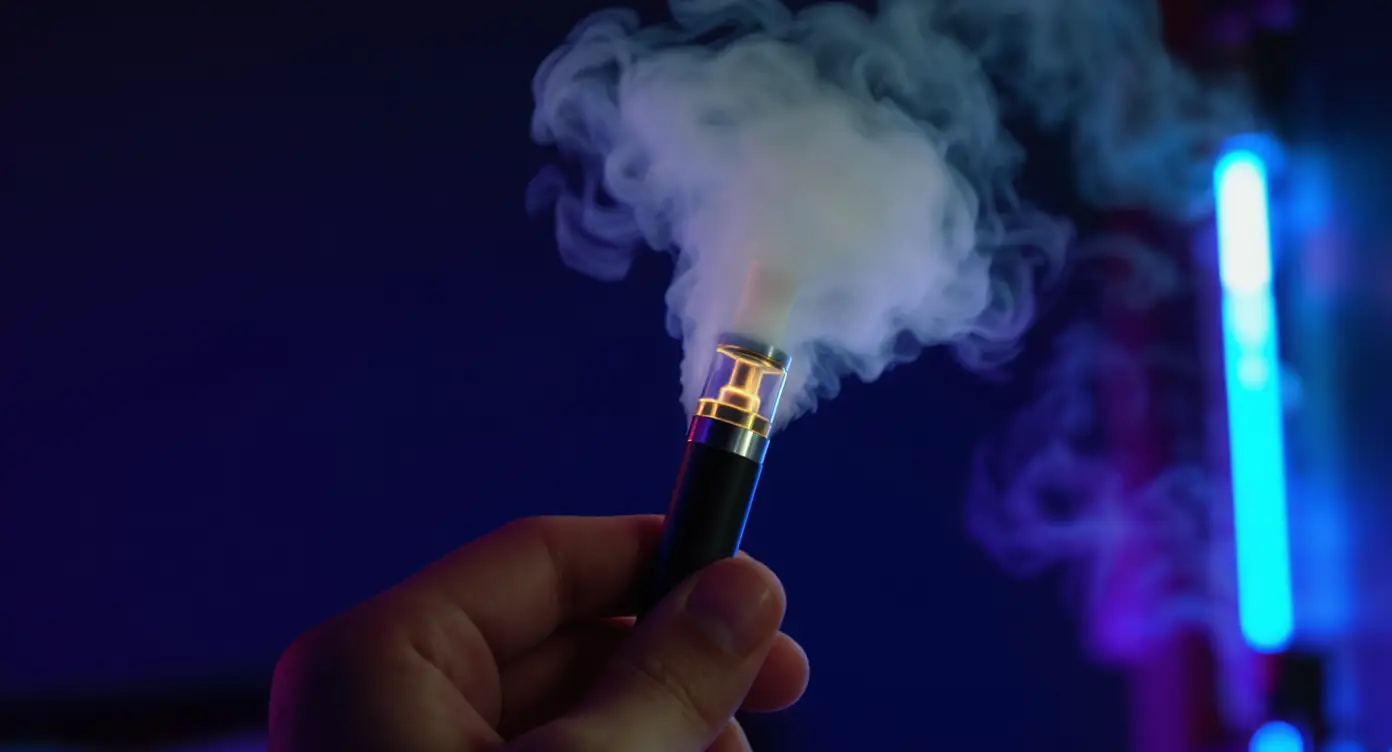Vaping is the act of inhaling vapor produced by an electronic cigarette or similar device. The vapor usually contains nicotine, flavorings, and other chemicals that are heated and turned into an aerosol.
Vape devices come in many forms: pens, pods, mods, and disposable e-cigarettes. While often marketed as safer than smoking, vaping can still cause lung irritation, addiction, and other health issues—especially in teens.
Many vape liquids contain high levels of nicotine, and some are laced with THC or other unknown substances. Vaping is not harmless and may act as a gateway to traditional tobacco or drug use.

🧠 Related Terms
👉 Learn more about prevention:
Narconon Europe – Drug Abuse Help
👉 For more educational content, see our Drug Education & Prevention Materials
❓Frequently Asked Questions about Vaping
1. What is vaping used for?
Originally to help quit smoking, now often used recreationally—especially by teens.
2. Why is vaping dangerous?
It can cause lung damage, nicotine addiction, and expose users to harmful chemicals.
3. What does it look like?
Small electronic devices that resemble pens, USB sticks, or sleek pods.
4. Can someone vape without knowing?
Yes. Vape pens are discreet and can be used without much smell or smoke.
5. How can someone avoid vaping?
Learn the risks, avoid peer pressure, and choose healthy ways to cope with stress.
